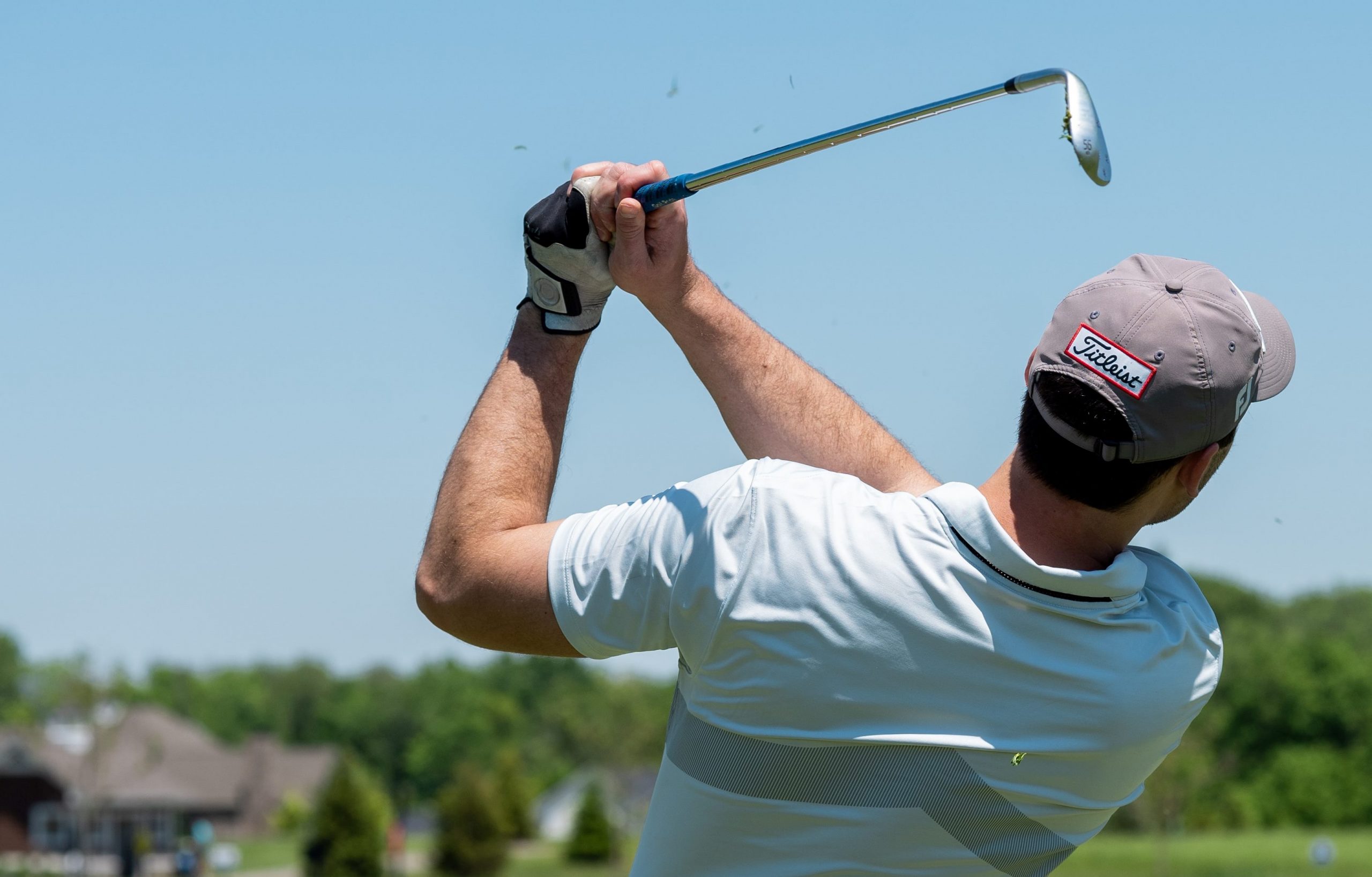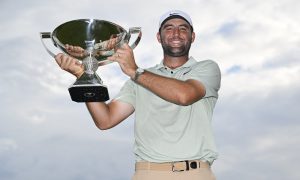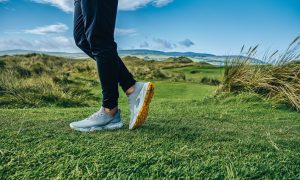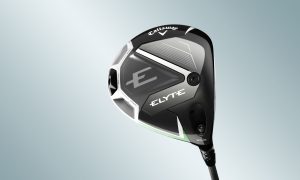Have you ever had that feeling when your club hits the ground, and a terribly jarring pain travels up the club ending in your elbow? Welcome to the world of golfer’s elbow, also known as tennis elbow.
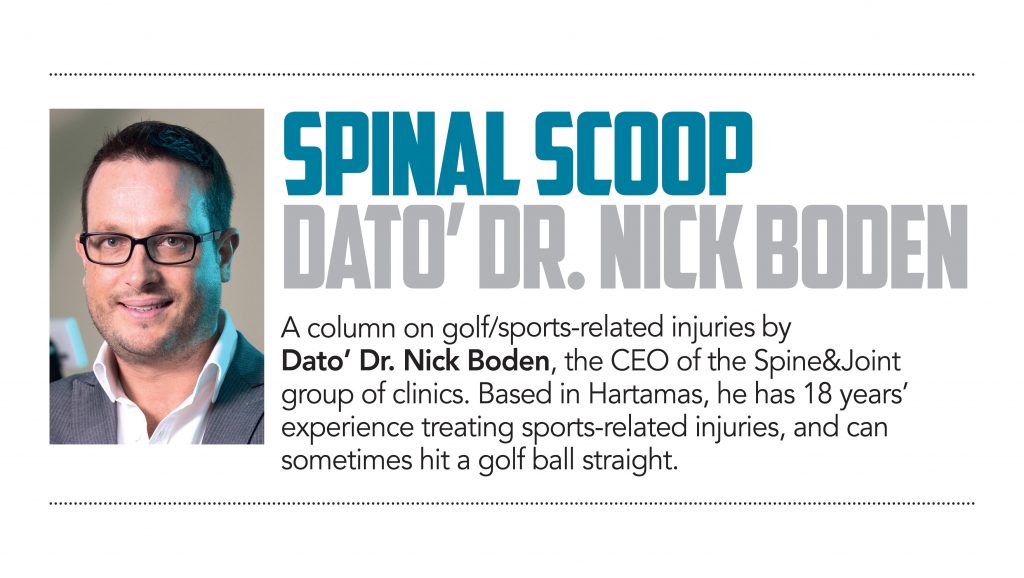
The main muscle of the forearm allows us to be able to bend and straighten the joints of the fingers, thumb and wrist in various directions. The muscles on the outside part of the arm and hand form a common tendon that attaches to the bone at the outside of the elbow. In medical terms this is called the lateral epicondyle. The muscles on the inside of the elbow help to flex or bend the wrist/hand and they attach onto the medial epicondyle.
Traditionally it’s always been accepted that a painful ‘inside’ elbow is called a golfer’s elbow and elbow pain on the outside is called a tennis elbow. As a golfer, you will most likely suffer from both!
As confusing as this may sound, wherever the pain is, it’s the on-going micro-damage to the tendon, causing a restructuring and thickening of the tendon, a build-up of scar tissue, inflammation and what is commonly referred to as a tendinopathy. It becomes very difficult to play with a sore elbow, and they can be difficult to treat. Luckily we have some new technologies that can help treat these injuries.
Treatment
Rest and ice are the two simplest treatments for a sore and inflamed elbow; however, if the elbow pain has been there for some time, this alone may not be the solution. Ice is an excellent natural painkiller and takes some of the sting away from a sore elbow. Rest is also a very important part of the recovery process, but for golfers, it’s impossible to rest from the game we love!
Anti-inflammatory creams and elbow straps can be very helpful at treating a sore elbow. Topical creams containing natural or medical anti-inflammatories can reduce the inflammation in the tendon and give some relief. Tennis elbow straps are excellent at splinting the tendon and taking pressure off the point where the tendon attaches to the bone.
Medication taken orally such as voltaren, arcoxia or celebrex help to reduce the inflammation, but they don’t specifically target the tendon and there can be side effects to taking the medication.
Extracorporeal Shockwave therapy (ESWT) is a relatively new tool used to treat many types of tendinopathy such as golfer’s elbow. Studies have been done showing its effectiveness in treating tennis elbow, and some studies show it’s as effective as a steroid injection. ESWT involves pulsing very powerful sound waves into the tendon, resulting in a reduction in chronic pain, and encouraging healing. It only requires three to five sessions and takes around five minutes per treatment, making it a really fast and effective therapy.

In cases where conservative treatment fails, steroid injections and even surgery are other options. Steroid injections are great at reducing inflammation but can have other side effects, like osteoporosis of the surrounding bone, and breakdown of the actual tendon and muscle fibres.
Platelet Rich Plasma (PRP) is a safer and effective alternative to steroids. PRP is taken from your blood whereby the blood is spun in a special tube and the plasma containing stem cells and the body’s own anti-inflammatories are injected into the tendon.
In rare cases where the tendon does not respond at all, or there is an entrapment of a nerve, surgery is needed to treat the elbow.
Spine and joint clinics have physiotherapists and chiropractors that treat golfer’s/tennis elbow and we have Shockwave therapy machines too!
Visit Spine&Joint Malaysia to know more.


